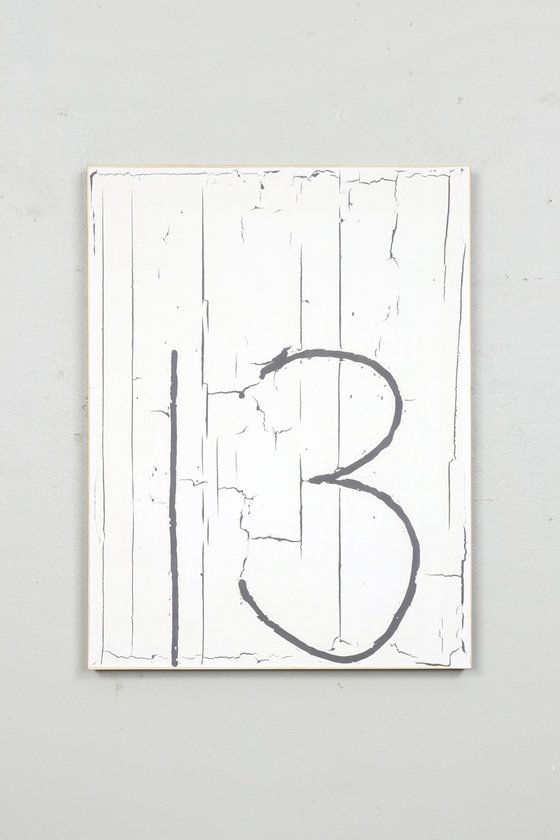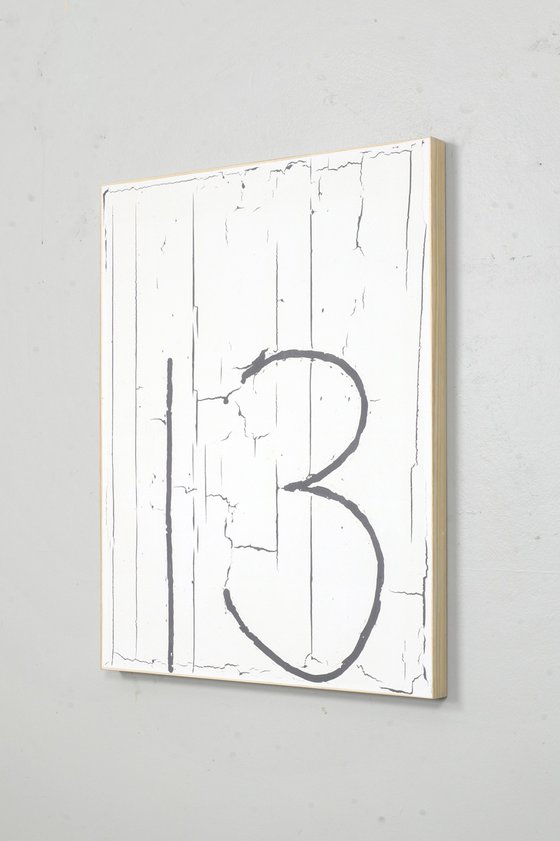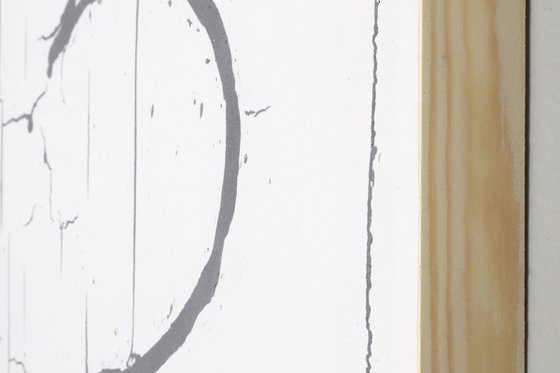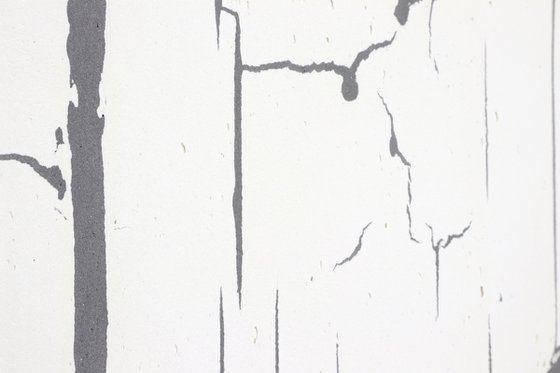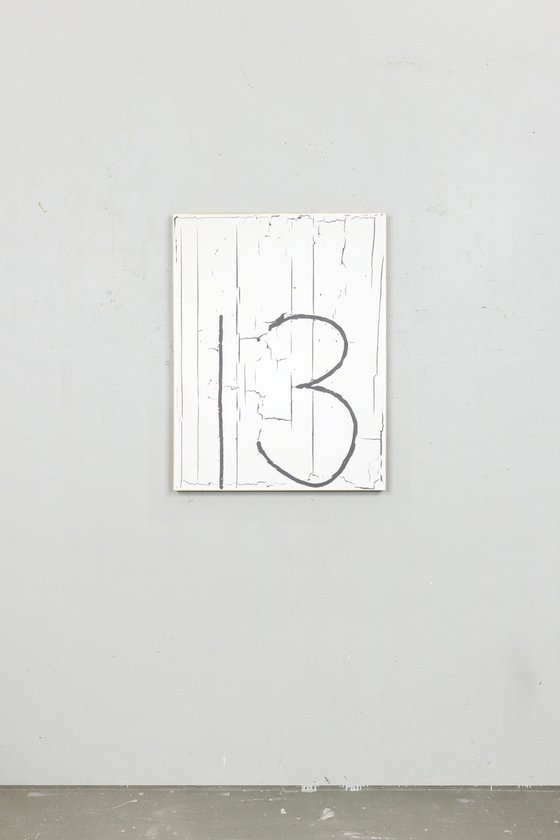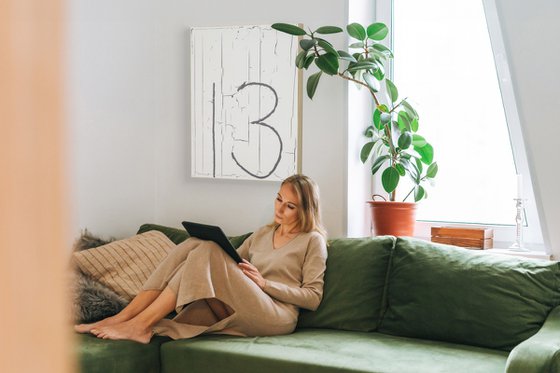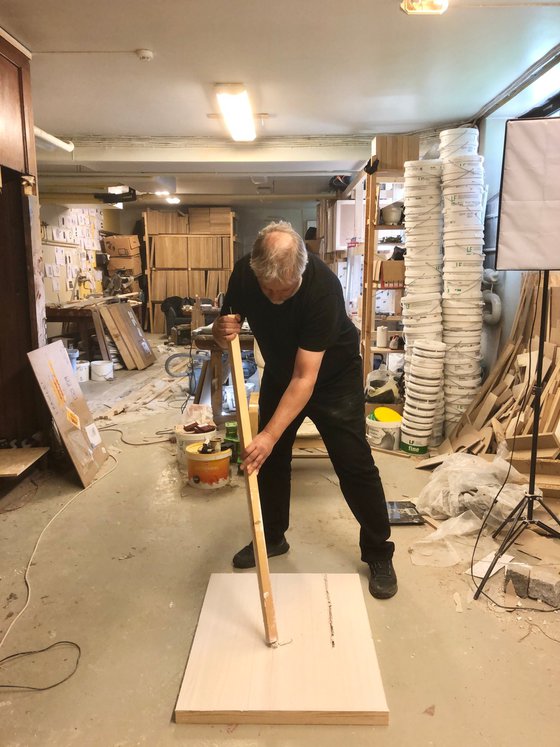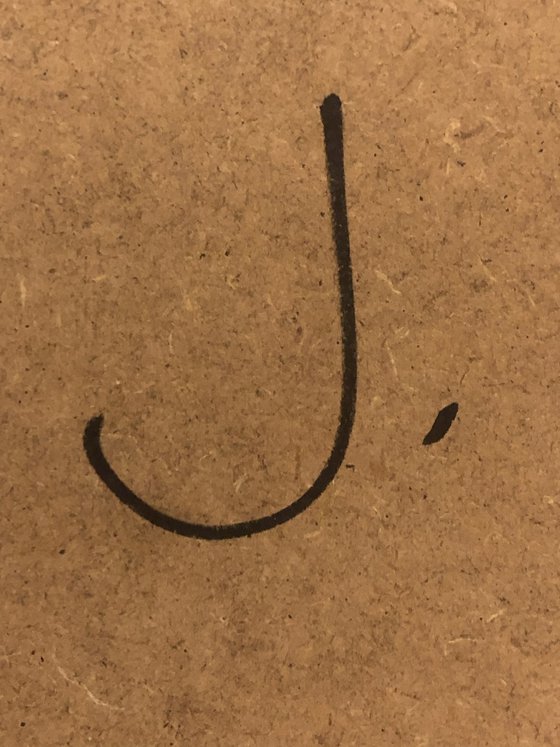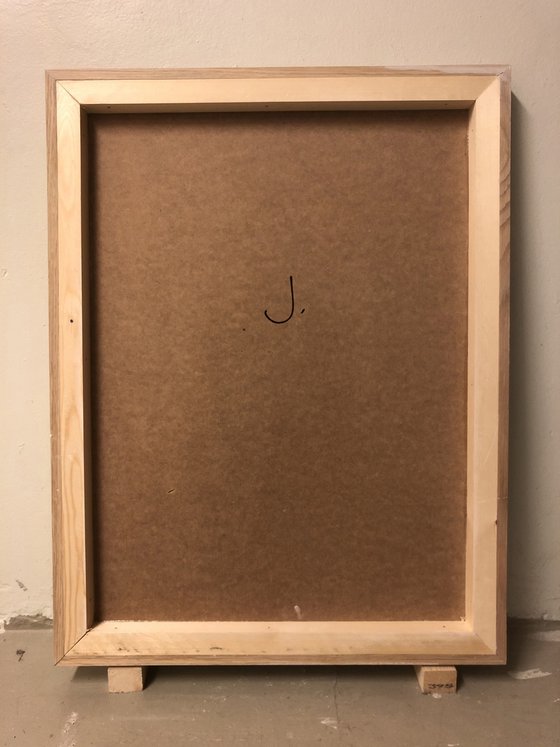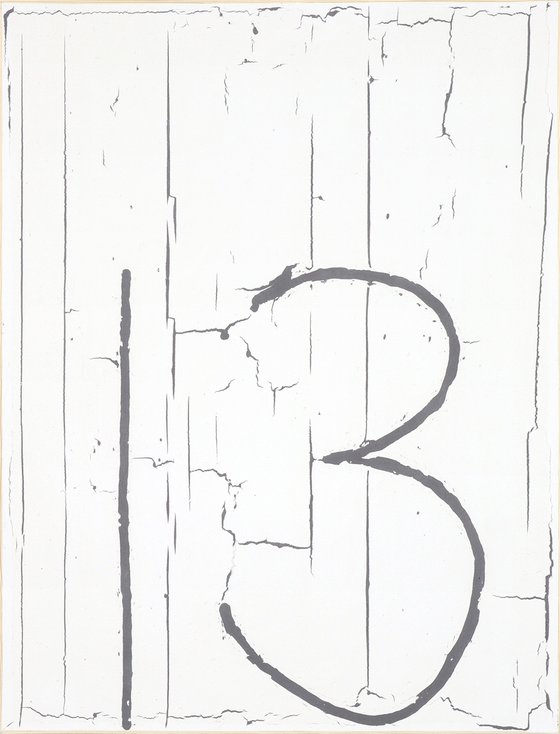Main Navigation
Original artwork description:
64x84 cm | Filler, pine panel
An essential concept in the art market is the multiplying factor—also known as the artist’s coefficient. This number is used to calculate the price of an artist’s work. For paintings, the formula is simple: add the length and width of the canvas and multiply by the factor: F(L + W) = P. Smaller works, therefore, end up being more expensive per square centimetre.
At the same time, this factor gives galleries a convenient way to assess an artist’s market value—essentially, a measure of success within the art world. The painting presented here reflects my current coefficient, which I calculated based on my larger works. For me, however, this number primarily represents the price I need to part with my art.
The art market differs from most others because it deals in originals—unique objects rather than interchangeable commodities. The relationship between supply and demand is more immediate, and in a way, the artist becomes the commodity—or rather, the brand—on which the value of the artworks depends.
In this sense, the coefficient becomes a kind of grade. At school, I always disliked being graded. Even when my marks weren’t bad, I found it humiliating to be reduced to a number. That feeling was one of the reasons I turned to art in the first place. Being an artist seemed like a refuge from constant comparison, a space where only I could define the value of my work. Later, I realised that if I wanted to make a living as an artist, I also had to navigate other systems of value. Capitalism permeates everything: the need to measure, rank, and organise life into hierarchies seems inescapable.
Materials used:
Filler (coarse and fine) in pine panel
Tags:
#calm #white #minimalism #arte povera #wabi sabi#560 Art Factor (2025) Painting
by Johan Söderström
1 Artist Reviews
£1,669.72
- Painting on Panel / Board / MDF
- One of a kind artwork
- Size: 64 x 84 x 5cm (framed)
- Framed and ready to hang
- Signed on the back
- Style: Typographic
- Subject: Abstract and non-figurative
Loading
Original artwork description
64x84 cm | Filler, pine panel
An essential concept in the art market is the multiplying factor—also known as the artist’s coefficient. This number is used to calculate the price of an artist’s work. For paintings, the formula is simple: add the length and width of the canvas and multiply by the factor: F(L + W) = P. Smaller works, therefore, end up being more expensive per square centimetre.
At the same time, this factor gives galleries a convenient way to assess an artist’s market value—essentially, a measure of success within the art world. The painting presented here reflects my current coefficient, which I calculated based on my larger works. For me, however, this number primarily represents the price I need to part with my art.
The art market differs from most others because it deals in originals—unique objects rather than interchangeable commodities. The relationship between supply and demand is more immediate, and in a way, the artist becomes the commodity—or rather, the brand—on which the value of the artworks depends.
In this sense, the coefficient becomes a kind of grade. At school, I always disliked being graded. Even when my marks weren’t bad, I found it humiliating to be reduced to a number. That feeling was one of the reasons I turned to art in the first place. Being an artist seemed like a refuge from constant comparison, a space where only I could define the value of my work. Later, I realised that if I wanted to make a living as an artist, I also had to navigate other systems of value. Capitalism permeates everything: the need to measure, rank, and organise life into hierarchies seems inescapable.
Materials used:
Filler (coarse and fine) in pine panel
Tags:
#calm #white #minimalism #arte povera #wabi sabi14 day money back guaranteeLearn more
